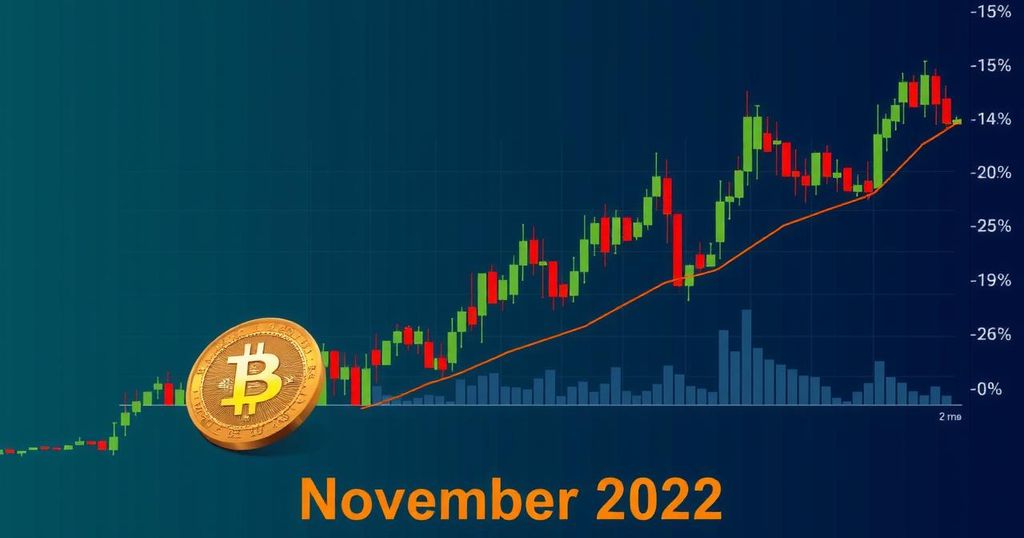U.S. Federal Reserve Cuts Benchmark Interest Rate by 50 Basis Points, First Reduction Since 2020
Summary
On September 18, 2024, the Federal Reserve reduced its benchmark interest rate by 50 basis points, marking its first cut since March 2020. The cut is aimed at achieving a 2% inflation target and exceeds analyst expectations. The Fed’s decision follows previous high inflation rates and interest levels, indicating a potential easing cycle. Fed Chair Jerome Powell’s upcoming remarks are highly anticipated for further guidance on future policy directions.
On September 18, 2024, the U.S. Federal Reserve announced a significant reduction in its benchmark interest rate for the first time since March 2020, implementing a cut of 50 basis points (bps). This adjustment, which exceeded the expectations of many financial analysts, indicates the central bank’s continued commitment to achieving its inflation target of 2%. In its press release, the Federal Open Market Committee (FOMC) stated, “In light of the progress on inflation and the balance of risks, the committee decided to lower the target range for the federal funds rate by 1/2 percentage point to 4-3/4 to 5 percent.” The FOMC further emphasized that any future alterations to the target range will be made following careful evaluations of incoming economic data and the evolving economic landscape. Market participants are keenly anticipating remarks from Federal Reserve Chair Jerome Powell, who is expected to provide further insights into the prospective trajectory for the upcoming FOMC meeting scheduled for November 2024. Prior to this decisive rate cut, the United States experienced inflation levels peaking at 9.1% during the Biden-Harris administration—the highest inflation rate recorded since 1981. At that time, the federal funds rate reached a peak of 5.25-5.50%, marking a 23-year high. Analysts view this recent cut of 50 bps as potentially heralding a prolonged cycle of easing monetary policy.
The Federal Reserve, the central banking system of the United States, plays a critical role in managing the country’s monetary policy, particularly in regulating inflation and maintaining economic stability. In response to challenging economic conditions, interest rate adjustments are employed as tools to either stimulate economic growth or temper inflation. Historically, rate reductions can lead to increased borrowing and spending, while rate hikes are typically aimed at curbing inflation. The rate cut announced on September 18, 2024, represents a strategic shift for the Federal Reserve following a period marked by significant inflationary pressures and a high federal funds rate, as the central bank strives to realign current economic conditions with its inflation objectives.
In summary, the recent 50 basis points cut to the Federal Reserve’s benchmark interest rate represents a pivotal moment in U.S. monetary policy. This action underscores the Fed’s dedication to managing inflation within its target range in light of evolving economic circumstances. With upcoming communication from Chairman Powell, market analysts will gain further clarity on the future direction of monetary policy, especially as the nation navigates the complex economic landscape shaped by previous high inflation rates and elevated interest rates.
Original Source: news.bitcoin.com







Post Comment